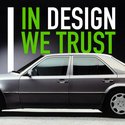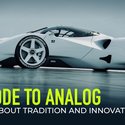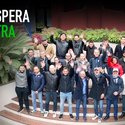
3D AUTOMOTIVE MODELING: PERSPECTIVES FOR THE FUTURE
Article by Marco Tonin
If we compared the range of a large car manufacturer like Mercedes, at the end of the 80s and today, we would find that then it basically had 4 product lines (C-Class, E-Class, S-Class, SL-Class) while today they are at least 15, perhaps more, and the same applies more or less to all manufacturers.
Furthermore, this growing number of models is also updated and replaced more and more rapidly, causing an enormous amount of work for designers and engineers, further complicated by the multiplication of rules, constraints, regulations, often different for different markets... an enormous complexity, to be faced in times becoming increasingly shorter.
As a consequence, the development times of the projects are more and more contracted, and this strongly pushes, in the area of 3D modeling, towards the use of tools and technologies capable of guaranteeing greater speed: that’s why we have seen, in recent years, the emerging of new modeling techniques, such as T-Splines and especially SubDs or hybrid modeling.
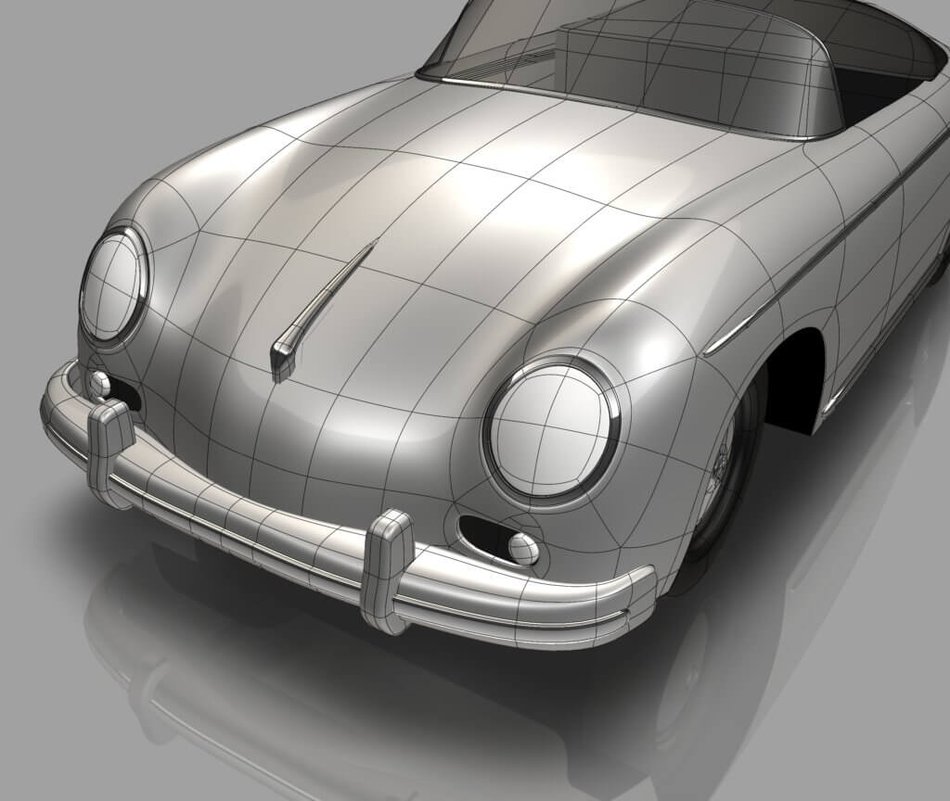
Another effect, perhaps the most interesting, of these transformations is the progressive fall of the historical separation between the figures of designer and 3D modeler: on the one hand, the extreme complexity of the projects and the constraints to be considered, obliges designers to think more and more in 3D, right from the early stages of concept, so that all young designers must now have at least basic skills in 3D modeling. On the other hand, new tools such as SubDs, due to their relative simplicity and speed of learning, favor this type of convergence, at least for the first modeling phases (Concept Modeling and CAS).
But even more relevant, for the change it imposes on the automotive design process, is the transformation taking place, especially in interior design, from purely hardware elements to increasingly software elements. There is a clear trend line, which leads to the progressive elimination of all physical controls, buttons, knobs, switches, so much so that, soon, not even the steering wheel could be probably needed anymore... While, at the same time, screens and interfaces multiply day by day.
The automotive interior of the future could therefore be a gigantic screen, or perhaps even that could disappear soon, replaced by holographic displays (of which the head up display is only a preview) or other emerging technologies. In this scenario, the classic 3D modeler would lose centrality in the design process, (because there would be little or nothing to model!) replaced by the designer of interfaces and user experiences (the famous UI / UX designers).
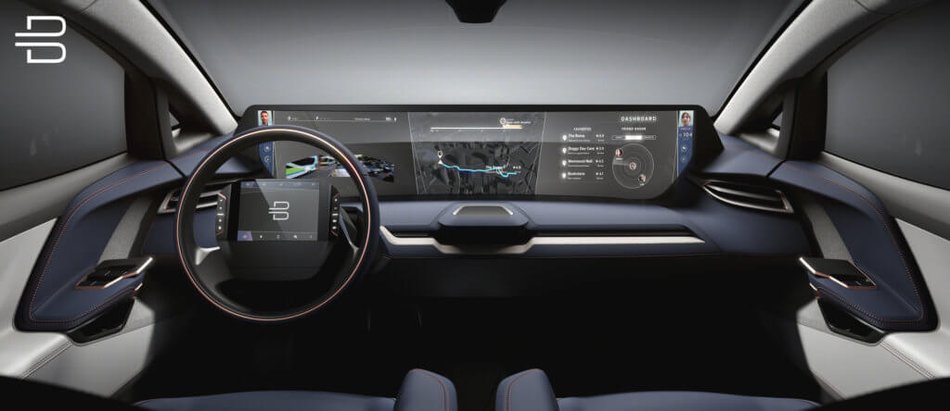
The point of synthesis is therefore more and more integrating 3D design with interface design, designing and developing the software part together with the corresponding hardware part. For this purpose, the ongoing development of virtual reality tools is decisive, which increasingly offer themselves as the place in which design concept, 3D Modelling and interface design can interact and be developed together. For this reason, Virtual Reality softwares will become more and more the heart of suites of software more and more closely integrated.
In perspective, the evolution of the 3D modeler therefore moves along 2 main lines: on the one hand towards the use of techniques and tools that allow to accelerate the first phases of Concept Modeling and CAS, integrating at the same time more and more closely the skills of 3D designer and modeler; on the other hand, towards the integration with the Virtual Reality or Augmented Reality tools, which make it possible the interaction, in real time and in a fluid way, between the hardware part and the software part of the project (interface, user experience).
